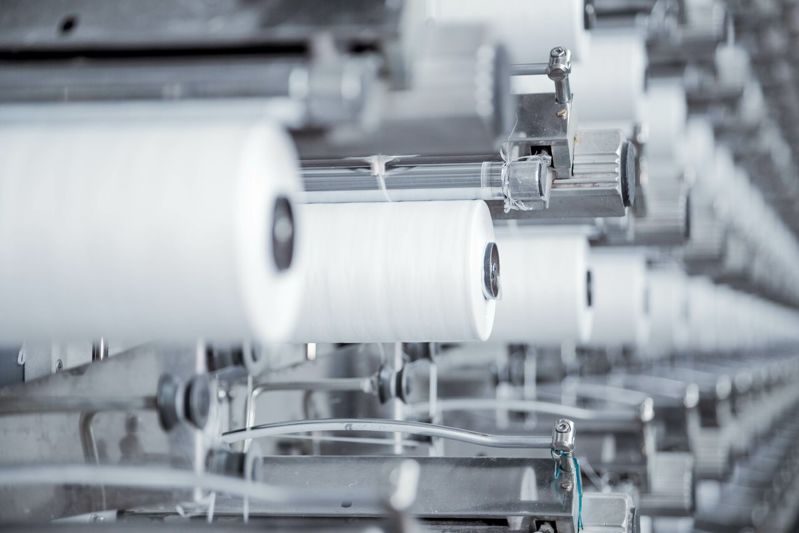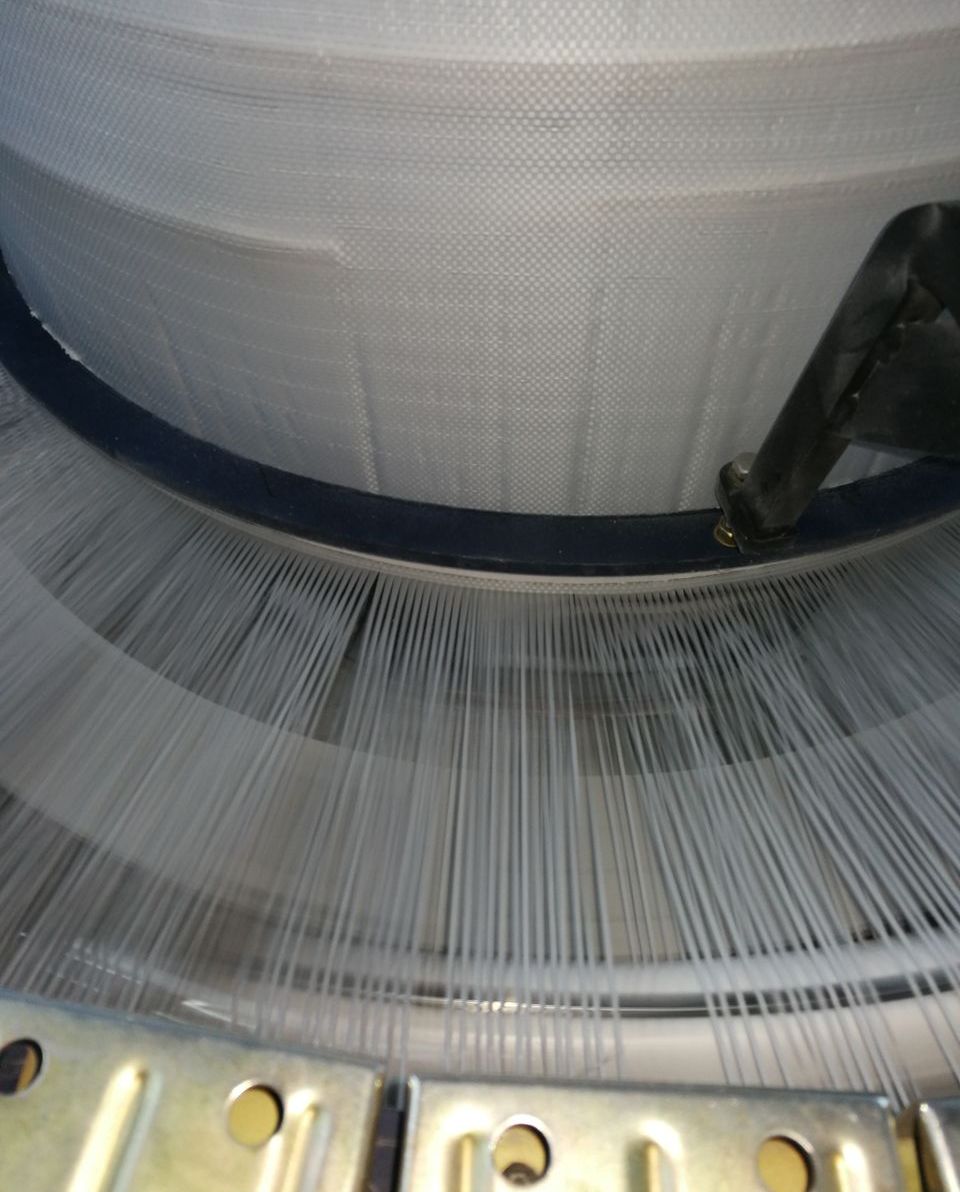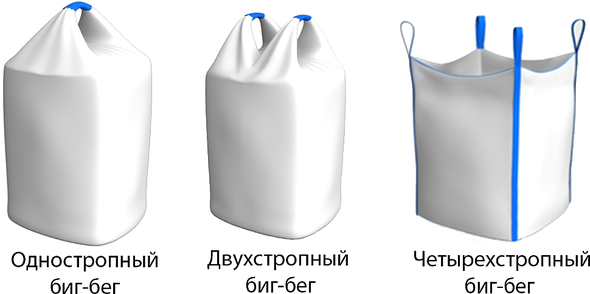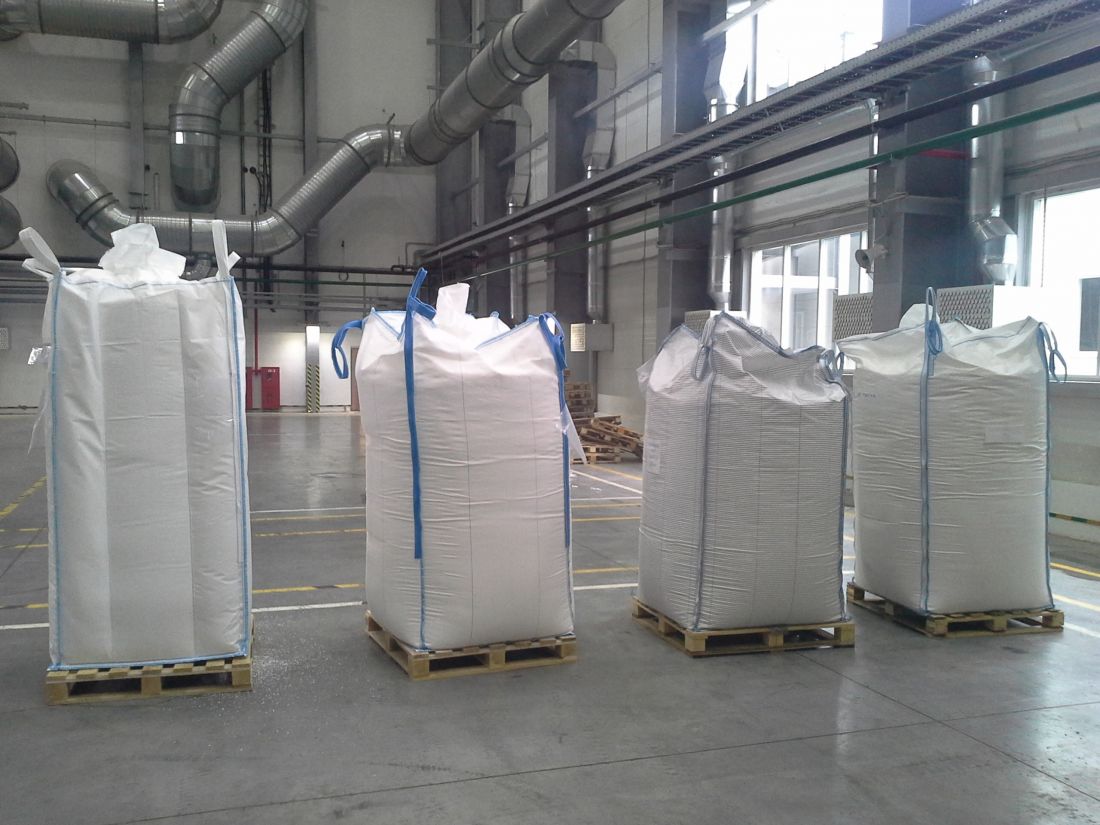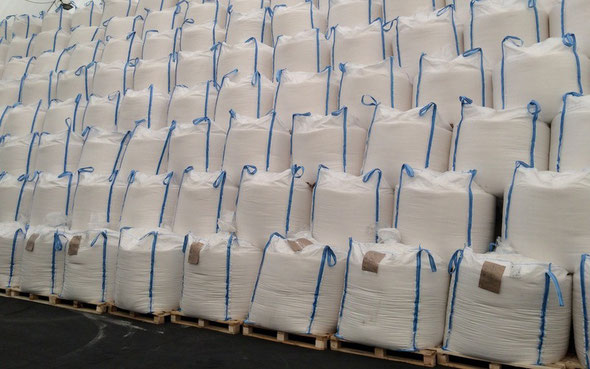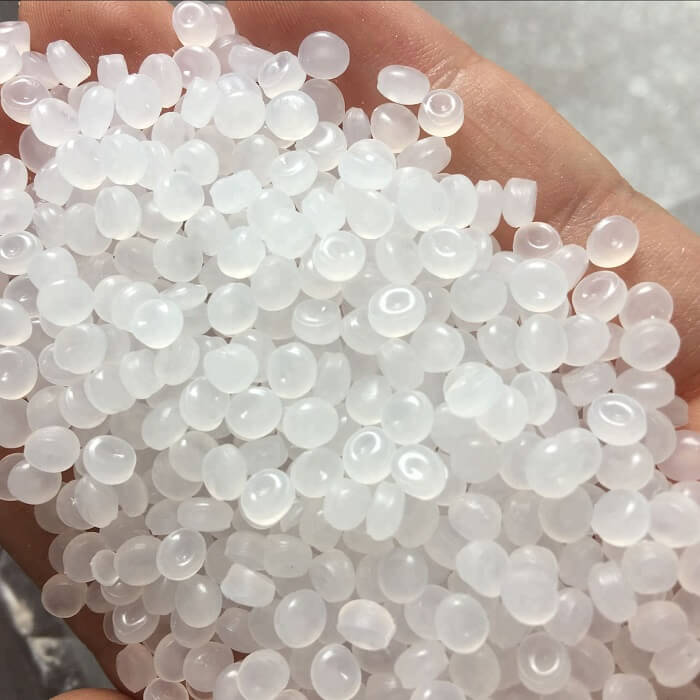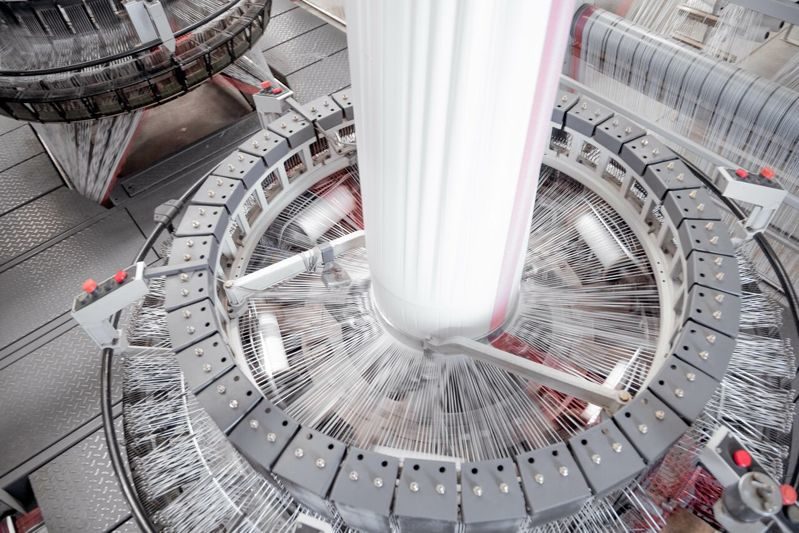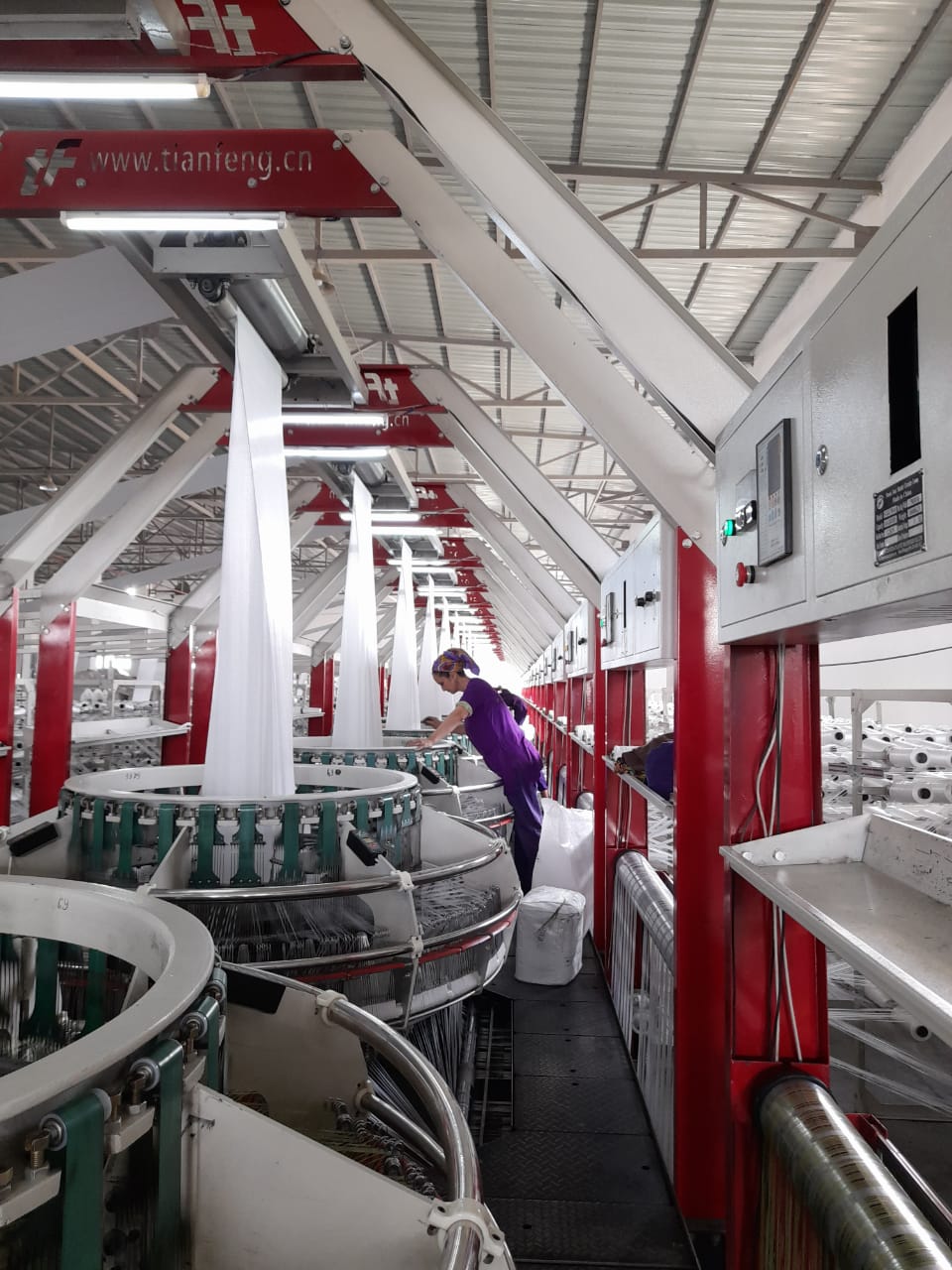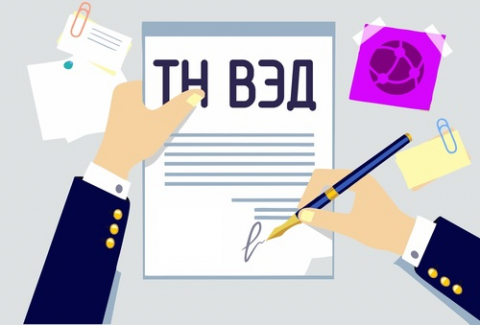Agreement
April 15, 1994
On the establishment of a free trade zone
The States Parties to this Agreement, hereinafter referred to as the Contracting Parties, reaffirming their commitment to the free development of mutual economic cooperation, putting into practice the principles of a market economy, acting towards the consistent implementation of the provisions of the Treaty on the Establishment of the Economic Union (September 24, 1993, Moscow), creating conditions for free movement of goods and services, ensuring the balance of mutual trade and stabilizing the internal economic situation of the participating states, contributing to the growth of the economic potential of the participating states on the basis of the development of mutually beneficial cooperative ties and cooperation, guided by the desire to constantly improve the standard of living of the population of their states, based on a phased approach establishment of the Economic Union, entering into the Agreement on the Establishment of a Free Trade Area, hereinafter referred to as the Agreement, have agreed as follows:
Article 1
General provisions
The protocol of 04/02/1999 amended the first paragraph of paragraph 1 of Article 1.
1. The Contracting Parties, in order to achieve the goals of this Agreement, will ensure interaction in solving specific tasks of the first stage of the creation of the Economic Union, aimed at:
By the Protocol of 02.04.1999, the second paragraph of clause 1 of Article 1 was reworded.
gradual abolition of customs duties, taxes and fees having an equivalent effect, and quantitative restrictions in mutual trade;
removal of other obstacles to the free movement of goods and services;
creation and development of an effective system of mutual settlements and payments for trade and other transactions;
By the protocol of 02.04.1999, paragraphs five and six of paragraph 1 of Article 1 were combined and set out in a new edition.
coordination of trade policy in relation to countries that are not parties to this Agreement;
coordination of economic policy to the extent necessary to achieve the goals of the Agreement (in the field of industry, agriculture, transport, finance, investment, social sphere, development of fair competition, etc.);
promotion of intersectoral and intrasectoral cooperation and scientific and technical cooperation;
harmonization and (or) unification of the legislation of the Contracting Parties to the extent necessary for the proper and efficient functioning of the free trade area.
By the Protocol of 02.04.1999 paragraph 2 of Article 1 was reworded.
2. The territory of the Agreement covers the customs territories of the Contracting Parties.
The protocol of 04/02/1999 amended the first paragraph of paragraph 3 of Article 1.
3. If the meaning of terms is not specifically defined in the Agreement or by other agreement of the Contracting Parties, then in their interpretation the Contracting Parties will be guided by the provisions of the 1969 Vienna Convention on the Law of Treaties.
Disagreements in connection with the interpretation of the Agreement or its individual terms will be resolved in accordance with the procedure adopted for the settlement of disputes in connection with this Agreement.
4. The Contracting Parties will refrain from actions that are contrary to the provisions and impede the achievement of the objectives of this Agreement. This provision concerns, in particular, the conditions for the participation of the Contracting Parties in other regional economic groupings, as well as other issues related to the regulation of relations within the framework of the Agreement.
The Protocol dated April 2, 1999 supplemented the Agreement with Article 1a "A body coordinating the actions of the Contracting Parties to implement the provisions of the Agreement".
Article 2 was excluded by the protocol of 02.04.1999.
Article 2
Treatment of non-participating states
The Contracting Parties reserve the right to independently and independently determine the regime of foreign economic relations with states not participating in this Agreement.
The Protocol of 02.04.1999 reworded the title of Article 3.
Article 3
Customs duties, taxes and charges having equivalent effect and quantitative restrictions
By the Protocol of 02.04.1999 paragraph 1 of Article 3 was reworded.
1. The Contracting Parties shall not apply customs duties, taxes and fees having an equivalent effect, as well as quantitative restrictions on the import and (or) export of goods originating from the customs territory of one of the Contracting Parties and destined for the customs territory of other Contracting Parties. Exceptions to this trade regime are documented by documents that are an integral part of this Agreement.
By the Protocol of 02.04.1999 paragraph 2 of Article 3 was reworded.
2. In accordance with paragraph 1 of this article, the Contracting Parties, within six months from the date of entry into force of this Agreement, shall develop and agree on a common List of exemptions from the free trade regime, as well as methods for applying and phasing out such exemptions for the transitional period until the creation of a free trade area .
By the Protocol of 02.04.1999 paragraph 3 of Article 3 was reworded.
3. Until a common List of Exemptions is agreed upon, the existing bilateral agreements on free trade and protocols on exemptions from this regime will apply in relations between the Contracting Parties, unless otherwise provided by bilateral agreements.
4. The country of origin of goods is determined in accordance with the Rules for determining the country of origin of goods, which are an integral part of this Agreement (Appendix No. 1).
The Protocol of 02.04.1999 reworded Article 4.
Article 4
Technical and other special requirements (restrictions)
1. In order to eliminate technical barriers and other restrictions of a similar nature in mutual trade, the Contracting Parties will strive to harmonize technical and other special requirements for harmonizing their policies in this area.
2. The Contracting Parties will instruct their competent authorities to prepare appropriate proposals for the implementation of the provisions of the first paragraph of this article on a multilateral or bilateral basis.
Article 5
Fees and formalities related to the import and export of goods
1. All fees and charges (with the exception of customs duties, taxes and equivalent fees) established by the Contracting Parties in connection with the import or export of goods in mutual trade must not exceed, within reasonable limits, direct actual costs.
The Protocol of 02.04.1999 amended paragraph 2 of Article 5.
2. The Contracting Parties will inform about the types of fees and charges and strive for an agreed reduction in their number and size.
3. The Contracting Parties shall strive for the simplification and unification of administrative formalities.
4. The provisions of this article shall apply in particular to fees and formalities relating to:
quantitative restrictions;
licensing;
currency control;
statistical accounting;
documents, documentation and certification of documents;
analysis and inspection;
The protocol of 02.04.1999 amended paragraph 4 of Article 5.
quarantine, sanitary service, fumigation, etc.
Article 6
Unification and (or) harmonization of customs procedures
1. The Contracting Parties shall take measures to maximize the simplification and unification of customs formalities, in particular, by introducing uniform forms of customs and shipping documentation, focusing on existing international agreements and arrangements.
2. The Contracting Parties shall instruct their competent authorities to prepare proposals concerning the harmonization of customs procedures and mutual recognition of customs documents and customs provisions.
Article 7
Commodity nomenclatures
The Protocol of 04/02/1999 amended the second sentence of paragraph 1 of Article 7.
1. When implementing tariff and non-tariff regulation measures, maintaining statistical records and exchanging statistical information, as well as for customs control and clearance, the Contracting Parties shall use commodity nomenclatures for foreign economic activity based on the Harmonized Commodity Description and Coding System. At the same time, for their own needs, the Contracting Parties, if necessary, carry out further development of national commodity nomenclatures.
2. The master copy of the Harmonized Commodity Description and Coding System shall be maintained by the Russian Federation through its representative offices in the relevant international organizations until other Contracting Parties declare that they maintain the master copy independently.
Article 8
Internal taxes and other fees of a fiscal nature
The protocol of 02.04.1999 amended paragraph 1 of Article 8.
1. The Contracting Parties shall not directly or indirectly levy taxes and duties of a fiscal nature on goods originating from the customs territory of other Contracting Parties in an amount exceeding their level for national goods.
2. The Contracting Parties will provide complete information on all applicable taxes and other fees of a fiscal nature.
The Protocol dated April 2, 1999 supplemented the Agreement with Article 8a "Procedure for the application of indirect taxes".
Article 9
Subsidies
By the protocol of 02.04.1999, Article 9 was supplemented with paragraphs 2, 3, 4.
The Contracting Parties have agreed not to provide export and other subsidies to enterprises located in their territories if the conditions of fair competition are violated as a result of the provision of such subsidies.
Article 10
Transit
1. The Contracting Parties agree that observance of the principle of freedom of transit is the most important condition for achieving the goals of this Agreement and an essential element in the process of their connection to the system of international division of labor and cooperation.
2. Transit traffic must not be subject to unreasonable delays or restrictions.
By the Protocol of 02.04.1999 Article 10 was supplemented with a new paragraph 3.
The existing paragraph 3 of article 9 is reworded and is considered to be paragraph 4.
3. Conditions of transit, including tariffs for transportation by any mode of transport and provision of services, should not be worse than the conditions provided by the Contracting Parties for their own consignors and consignees of goods, goods belonging to them, as well as for carriers and vehicles of this Contracting Party or provided to consignors and recipients of goods, goods belonging to them, carriers and vehicles of any other foreign state, unless otherwise provided by bilateral agreements.
The Protocol of 02.04.1999 reworded Article 11.
Article 11
Re-export
1. Each Contracting Party shall not allow unauthorized re-export of goods, in relation to the export of which other Contracting Parties, from whose territory these goods originate, apply measures of tariff and (or) non-tariff regulation.
2. The Contracting Parties shall not prevent economic entities from including in contracts provisions affecting the re-export of goods.
3. Issues related to the re-export of goods are regulated in accordance with the Agreement on the re-export of goods and the procedure for issuing a permit for re-export (Appendix No. 2), which is an integral part of this Agreement.
Article 12
Industrial cooperation and scientific and technical cooperation
The Contracting Parties will promote the development of industrial cooperation and scientific and technical cooperation at the interstate (intersectoral, regional) level and at the level of economic entities, including by providing various forms of state support.
Article 13
Exceptions
1. General exceptions
The protocol of 04/02/1999 amended paragraph 1 of Article 13.
This Agreement does not preclude the right of any of the Contracting Parties to take measures of state regulation generally accepted in international practice in the field of foreign economic relations, which it considers necessary to protect its vital interests or which, of course, are necessary for the implementation of international treaties to which it is or intends to become a party, if these measures concern:
protection of public morality and public order;
protection of life and health of people;
protection of animals and plants;
environmental protection;
protection of artistic, archaeological and historical values constituting a national treasure;
protection of industrial and intellectual property;
trade in gold, silver or other precious metals and stones;
conservation of irreplaceable natural resources;
restrictions on the export of products when the domestic price for these products is lower than the world price as a result of the implementation of state support programs;
balance of payments violations.
2. Exceptions for security reasons
Nothing in this Agreement shall prevent the right of any of the Contracting Parties to apply any measures of state regulation that it considers necessary if these measures concern:
ensuring national security, including preventing the leakage of confidential information related to state secrets;
trade in weapons, military equipment, ammunition, the provision of military services, the transfer of technology and the provision of services for the production of weapons and military equipment and for other military purposes;
supply of fissile materials and sources of radioactive substances, disposal of radioactive waste;
measures applied in wartime or in other emergency circumstances in international relations;
actions in fulfillment of its obligations under the UN Charter for the preservation of international peace and security.
The Protocol dated April 2, 1999 supplemented the Agreement with Article 13a "Special Trade Measures".
The protocol of 02.04.1999 excluded Article 14.
Article 14
The procedure for introducing state regulation measures
1. The Contracting Party shall notify the other Contracting Parties in advance of the reasons, nature and expected timing of the introduction and operation of state regulation measures.
2. The Contracting Parties shall conduct preliminary consultations and develop recommendations. If it is impossible to make an agreed decision within six months, the Contracting Party referred to in paragraph 1 of this article shall have the right to introduce measures of state regulation at its own discretion.
3. In special cases that brook no delay, a Contracting Party shall have the right to introduce measures of state regulation in the field of foreign economic activity with simultaneous notification and immediate subsequent consultations with other Contracting Parties.
Article 15 was excluded by the protocol of 02.04.1999.
Article 15
Cooperation in the field of export control
The Contracting Parties shall cooperate and carry out concerted actions in matters of export control.
Article 16
Scope of the Goods Agreement
The free trade zone regime applies to goods originating from the customs territory of the Contracting Parties and destined for the customs territory of the Contracting Parties.
Article 17
Services
The protocol of 04/02/1999 amended paragraph 1 of Article 17.
1. The Contracting Parties, on the basis of reciprocity, will strive for the gradual lifting of restrictions in order to create conditions for the free provision of services within the territory of the Agreement.
2. The Contracting Parties shall determine the types of services covered by this Article and identify priority types of services in the field of direct servicing of trade, in respect of which the issues of liberalization of imports and exports shall be addressed as a matter of priority.
3. The Contracting Parties reserve the right to coordinate issues related to the provision of services both on a multilateral and bilateral basis.
The Protocol dated April 2, 1999 supplemented the Agreement with Articles 17a "Competition in business activities" and 17b "Public procurement".
Article 18 was excluded by the protocol of 02.04.1999.
Article 18
Exchange of information on the legal regulation of foreign economic relations
The Contracting Parties, in an agreed manner, provide each other with information on the internal legal regulation of foreign economic relations.
The Protocol of 02.04.1999 reworded Article 19.
Article 19
Settlement of disputes
1. Any disputes and disagreements between the Contracting Parties regarding the interpretation and (or) application of the provisions of this Agreement, as well as other disputes affecting the rights and obligations of the Contracting Parties under this Agreement or in connection with it, will be resolved in the following order:
by conducting direct consultations between interested Contracting Parties or, by mutual agreement, with the participation of representatives of other Contracting Parties;
within the framework of a special conciliation procedure (by creating working groups to study the materials of the dispute and develop recommendations);
in the Economic Court of the CIS;
within the framework of other procedures provided for by international law.
2. The transition to the next procedure is possible by mutual agreement of the Contracting Parties between which disputed issues or disagreements have arisen, or at the request of one of them if no agreement is reached within six months from the date of commencement of the procedure.
Article 20
Correlation of this Agreement with other obligations and rights of the Contracting Parties
The Protocol of 02.04.1999 amended paragraph 1 of Article 20.
1. Nothing in this Agreement shall be considered as preventing any of the Contracting Parties from fulfilling their obligations under any other international agreement to which that Contracting Party is or may be a party, provided that these obligations are not contrary to the provisions and objectives present agreement.
By the Protocol of 02.04.1999 paragraph 2 of Article 20 was reworded.
2. The provisions of this Agreement shall not affect the rights and benefits granted within the framework of regional cooperation, border and coastal trade, preferences, free economic and customs zones regulated by domestic legislation or based on international agreements.
By the Protocol of 04/02/1999, paragraph 3 of Article 20 is excluded.
3. A Contracting Party that intends to conclude preferential, trade and integration agreements with states that are not parties to this Agreement shall notify the other Contracting Parties of this in advance and inform them of the expected conditions for its participation in the said agreements.
For the purposes of this paragraph, the Contracting Parties are the Contracting Parties that have signed this Agreement and the states that have acceded to it.
Article 21 was excluded by the protocol of 02.04.1999.
Article 21
Transition to the Customs Union
The free trade area is seen as a transitional stage to the formation of the Customs Union.
A customs union may be established by states that wish to continue cooperation within its framework and that comply with the terms of this Agreement.
Article 22
Changes and additions
1. This Agreement may be amended and supplemented by mutual agreement of the Contracting Parties.
2. Reservations to this Agreement are not permitted.
Article 23
Entry into force
1. This Agreement shall be provisionally applied from the date of signing and shall enter into force from the date of deposit with the depositary of the third notification of the fulfillment by the signatory Contracting Parties of all necessary domestic procedures.
2. The depositary of this Agreement is the Republic of Belarus.
3. After one year from the date of signing this Agreement, the Contracting Parties for which the Agreement has entered into force may decide on the participation in the Agreement of the Contracting Parties for which the Agreement is applied provisionally.
Article 24
Accession
By the Protocol of 02.04.1999 paragraph 1 of Article 24 was reworded.
1. This Agreement is open for accession by any state - a member of the Commonwealth of Independent States, recognizing the provisions of the Agreement in force at the time of accession, and expressing readiness to comply with them in full.
2. Accession is carried out on the terms and in the manner determined in a separate agreement with the acceding state, which is previously agreed upon and subject to approval by all Contracting Parties in accordance with their internal state procedures.
Article 25
Termination of participation in the Agreement
1. Any Contracting Party may terminate its participation in the Agreement by sending a formal written notice to other Contracting Parties of its intention to withdraw from the Agreement 6 months before the withdrawal.
The protocol of 02.04.1999 reworded paragraph 2 of Article 25.
2. In case of violation by any of the Contracting Parties of the provisions of this Agreement, causing serious damage to the achievement of its goals, the other Contracting Parties shall have the right to decide to suspend the Agreement or its individual provisions in relation to this Contracting Party or to decide to exclude it from the number of participants in the Agreement.
3. For the purpose of resolving possible disputes and claims, including those of a material nature, the provisions of this Agreement shall continue to be valid in relation to the Contracting Party that has terminated its participation until the full settlement of all claims.
Done in Moscow on April 15, 1994 in one original copy in Russian. The original copy is stored in the Archive of the Government of the Republic of Belarus, which will send to the Contracting Parties that have signed this Agreement, its certified copy.
----------------------------
This document is signed by all CIS member states: the Republic of Azerbaijan, the Republic of Armenia, the Republic of Belarus, the Republic of Kazakhstan, the Republic of Kyrgyzstan, the Republic of Moldova, the Russian Federation, the Republic of Tajikistan, Turkmenistan, the Republic of Uzbekistan, Ukraine, the Republic of Georgia.
![]() Полипропиленовых и Полиэтиленовых мешков;
Полипропиленовых и Полиэтиленовых мешков;![]() Рейковых рамок для картин;
Рейковых рамок для картин;![]() Топливных пеллет(гранул).
Топливных пеллет(гранул).











